When it comes to sales processes, AI technology has quickly shifted from a nice-to-have addition to a necessity.
A HubSpot report confirms it, with 76% of sales professionals agreeing that most people will start using AI to simplify their work in the near future.
AI can streamline sales and pipeline management in many ways, and our team has seen this firsthand. We’ve used AI to fully automate a four-step campaign for our outbound sales sequences and get a 5.1% positive response rate.
Want to revolutionize sales processes, in this guide, I’ll explain how to use AI for sales and pipeline management. We’ll discuss concrete use cases and recommend a sales automation tool that can help your team handle all pipeline stages with ease.
Let's dive in...
Table Of Content
AI For Sales and Pipeline Management - Basics
How to use AI for sales and Pipeline management
Best AI Tools for Sales and Pipeline Management
How to Choose the Right AI Tool for Your Sales Team
FAQs
AI for Sales and Pipeline Management - The Basics
A sales pipeline represents the stages a prospect goes through in your sales process, from initial prospecting to closing the deal and following up. By using AI to manage and optimize sales pipelines, you can enjoy the following benefits:

More precise sales forecasting—Thanks to its ability to analyze vast amounts of historical data, AI can quickly uncover trends and help you optimize resource allocation and prepare for what’s ahead
Enhanced conversions—By analyzing prospect behavior and identifying patterns, AI can predict which accounts are likely to convert, ensuring sales teams don’t waste time and effort on low-potential accounts
Easier deal management—AI can process data in real time, helping you spot bottlenecks early on and resolve them before they jeopardize your efficiency
Higher customer retention—AI can effortlessly collect comprehensive data on your customers and help you create personalized experiences, resulting in improved retention and loyalty
If you don’t optimize your sales pipeline, you could end up missing opportunities to sell, wasting time and money, and offering poor customer experience.
How To Use AI for Sales and Pipeline Management
Sales pipelines typically consist of the following stages:
Lead generation
Lead qualification
Outreach
Proposal and negotiation
Closing the deal
Post-sales
AI can support and simplify each of these stages to help you optimize the entire pipeline, focus on personalization, and enhance conversions. I’ll walk you through exactly how you can use AI in different pipeline stages to ensure smooth customer journeys. ⛵
Lead Generation

Identifying potential customers requires thorough research. You need to understand your leads’ behaviors, needs, preferences, and challenges to ensure your sales campaigns are going in the right direction.
Manually researching a few leads is doable, but as the number of leads increases, the process becomes time-consuming. To help your presales and sales teams handle this stage more efficiently, you should add AI to your lead generation processes.
With a quality AI tool, you can collect and analyze vast amounts of lead info at a fraction of the time your SDRs would spend on research. The technology can help you search the internet in seconds and collect specific data points that would allow your SDRs to identify and prioritize high-potential accounts.
Lead Qualification
Narrowing down the pool of leads ensures your sales team maintains a laser-sharp focus on accounts that are likely to convert to prevent time and energy waste.
Traditionally, lead qualification involved SDRs asking leads a series of questions to determine if they fit into the ideal customer profile. This method can be problematic because:
It lacks scalability—There’s only a certain number of leads an SDR can manually qualify. After that, you’ll either have to hire more SDRs or automate lead qualification
It’s time-consuming—Depending on the number and complexity of your leads, manual lead qualification can take a lot of time
Thanks to its ability to process huge amounts of data from various sources and make predictions based on it, AI can improve your lead qualification processes. Using AI-powered tools, you can choose specific criteria to qualify your leads against, such as company size or job experience, and put lead qualification on autopilot. ✈️
Outreach
The quality of your messaging can turn leads into customers or completely deter them from your company. People seek personalized experiences, so approaching them with generic and bland messages isn’t the best way to get their attention.
Personalizing a message sounds easy if you’re reaching out to a few leads, but it gets way more complicated when you have hundreds of accounts on your outreach list. This is where AI shines—with your input, it can create a unique message for each lead, addressing their unique challenges or needs.
For example, you can use prompts in ChatGPT to instruct it to write outreach messages. A much better option is to use a quality sales tool with built-in AI features that leverage the data you have on leads to take your outreach automation to new levels.
💡 Bonus read: Cold Email Automation: How to Do It Right in 2025 with the Best Tools.
Proposal and negotiation
Proposal and negotiation are pipeline stages that also revolve around personalization. You need to create a tailored offer for each lead and, if necessary, negotiate pricing and conditions.
All this can’t happen without valuable insights into market trends, competitors’ offers and pricing strategies, and your leads’ preferences and behaviors. With a quality AI tool, you can easily obtain this info and use it to create sales proposals that win over customers, as well as make informed decisions while negotiating.
AI tools can also write sales proposals or at least proposal templates for you, ensuring they have all the necessary elements and leaving no room for uncertainties.
Closing the Deal

Closing a deal requires SDRs to highlight the unique value of your product or service and ensure it aligns with what leads are looking for. Leads may have some objections, and SDRs need to handle these as well to ensure conversions. After closing the deal, SDRs need to draw up contracts, which can also be time-consuming. ⏰
AI can circumvent these obstacles and be a valuable assistant in sealing the deal. Here’s how it can help:
Recognizing buying signals—Whether you’re communicating with leads via cold calls or email, there are tell-tale signs an account is ready to close. For example, leads may ask you additional questions about your offer or mention they’re unhappy with their current solution. Some AI tools can recognize these signals so that you give extra attention to these leads
Identifying barriers and handling objections—Some leads may be hesitant to purchase your solution due to reasons like pricing, satisfaction with the current solution, or a lack of need. AI tools can efficiently handle these objections to re-emphasize your solution’s unique value and get them to purchase your offer
Writing contracts—After a lead agrees to do business with you, you can leverage AI tools to write personalized contracts with the conditions you previously agreed upon. Such tools can draw up unique contracts for each lead or create a contract template you can quickly adjust to a particular customer
Post-Sales
To ensure customer satisfaction and retention, you’ll want to follow up with your customers to double-check if they’re happy with their purchase and if there’s anything you can do to improve their experience. Depending on your customer’s feedback, this can also be an excellent opportunity to upsell or cross-sell products.
AI can help you nurture customers by:
Writing personalized follow-up emails and appropriate email responses
Handling potential complaints from customers
Asking customers for feedback
Writing emails focusing on upselling and cross-selling products
Best AI Tools for Sales and Pipeline Management
Choosing the right AI tools can make or break your sales process. Whether you’re scaling a SaaS startup, managing a complex B2B pipeline, or just looking to automate your outbound efforts—there’s a purpose-built AI platform for you.
Below is a quick comparison of the top-performing AI tools in sales and pipeline management, along with their use cases, standout features, and pricing tiers.
Pro Tip: Use multiple tools across your stack, e.g., one for outreach, one for forecasting—to maximize impact without overlap.

1. Apollo io – For Full-Funnel Prospecting + Outreach
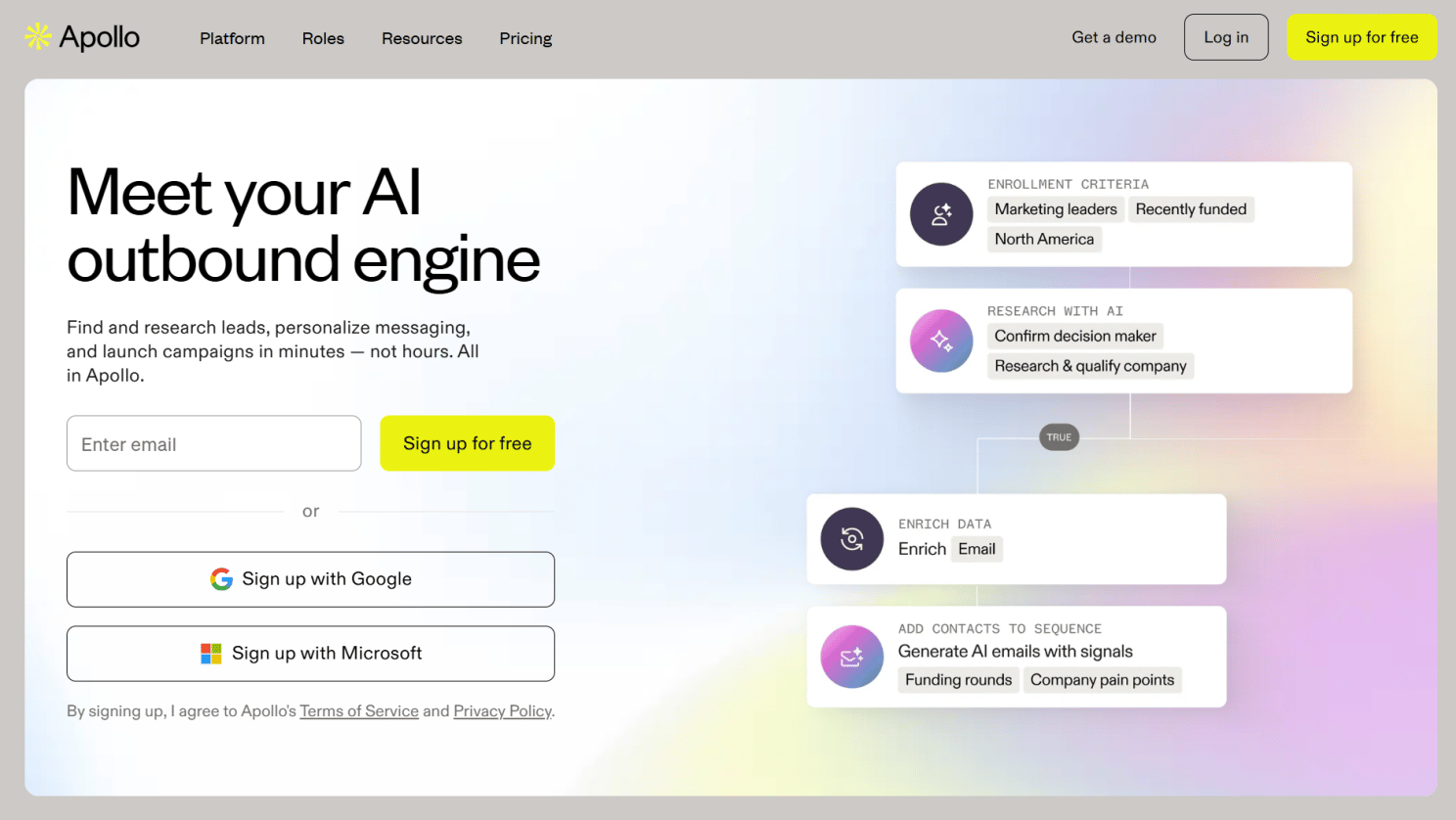
Apollo io is an AI-powered sales engagement platform that combines contact discovery, intent-based outreach, and lead scoring - all in one dashboard.
Who it’s for: Perfect for SDRs, B2B SaaS teams, and sales managers who want to scale cold outreach without sacrificing personalization.
Key Features:
AI-assisted email generation
Lead scoring based on real-time behavior
Built-in CRM & dialer
Contact Data enrichment and filters
Pipeline Builder
GTM intelligence
Pricing: Free plan available, paid plans start at ~$49/month. ( Sign up for Free Forever Plan)
2. ZoomInfo Chorus (formerly Chorus ai) – For Conversation Intelligence & Coaching
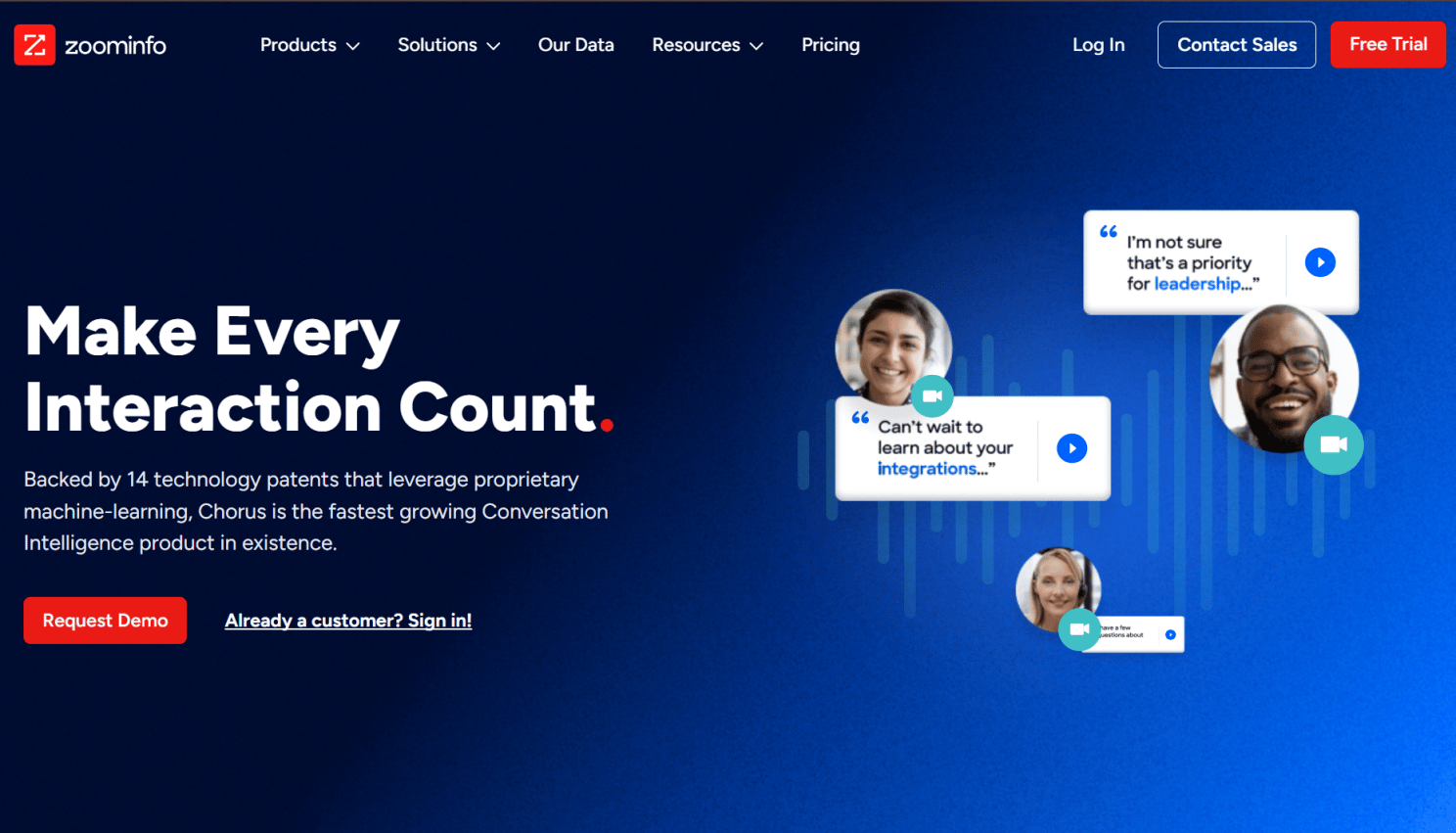
Chorus records and analyzes sales calls using AI to identify buyer signals, rep performance, objections, and next steps.
Who it’s for: Sales leaders and revenue ops teams needing visibility into rep behavior, call quality, and deal momentum.
Key Features:
AI-powered call transcription
Keyword tracking and deal tagging
Coaching insights for reps
Integration with major CRMs
Pricing: Premium solution, custom quotes available
3. Reply io – For Automated Multichannel Outreach

Reply io helps automate personalized sales outreach across email, LinkedIn, SMS, and WhatsApp—powered by AI for message optimization.
Who it’s for: Outbound sales teams, agencies, and marketers who want to run multiple sequences at scale with high deliverability.
Key Features:
AI-generated email variations
Multichannel campaign automation
A/B testing and analytics
Inbox rotation & warm-up features
Pricing: Starts at $49–$90/month based on features and inboxes.
4. HubSpot AI – For CRM Management & Sales Automation
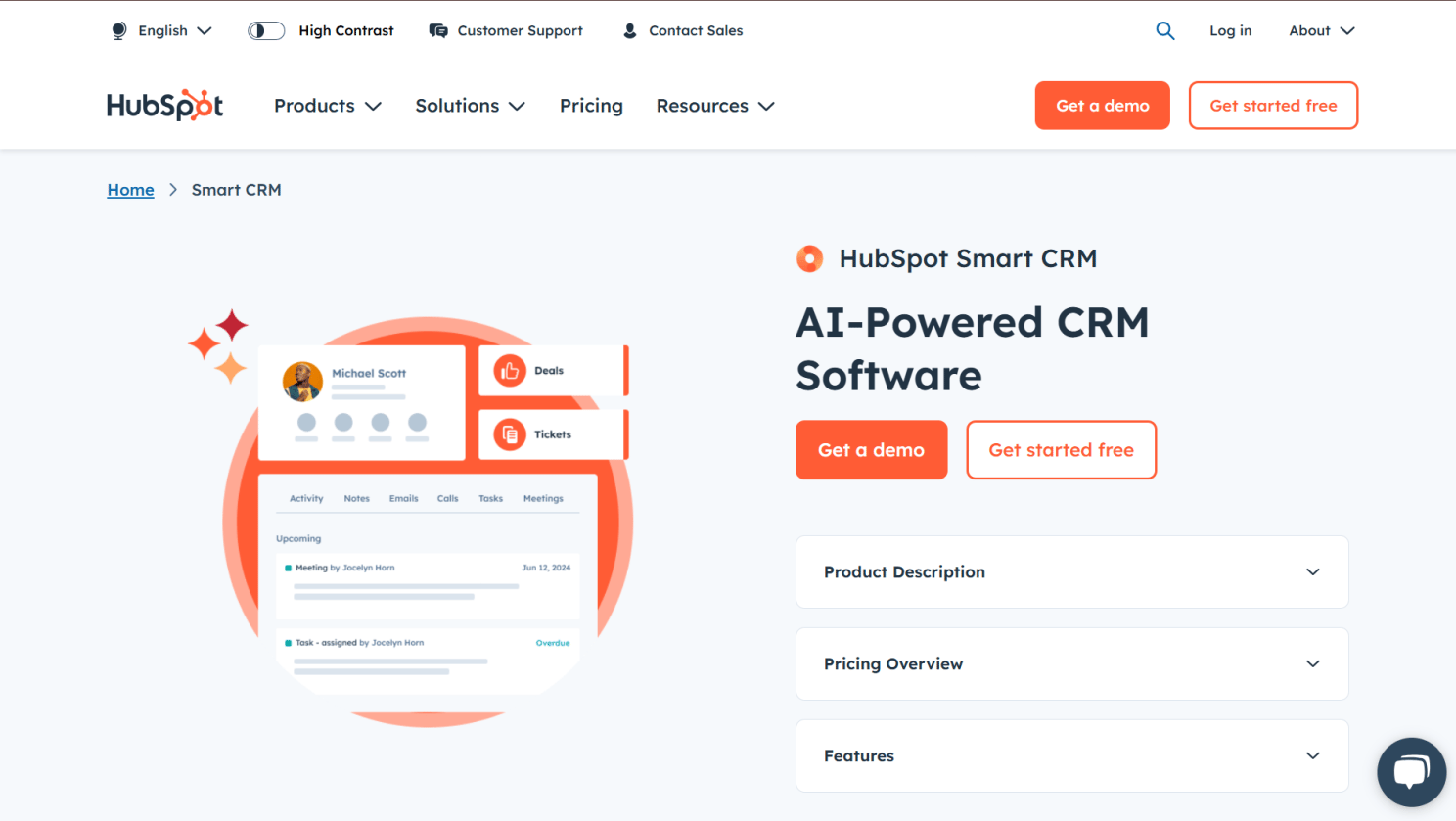
HubSpot’s AI suite enhances its CRM with smart tools for auto data capture, pipeline suggestions, and rep productivity boosts.
Who it’s for: Ideal for startups and mid-market SaaS teams already using HubSpot and looking to layer in AI without added complexity.
Key Features:
Smart follow-up prompts
Automated note-taking and data entry
Lead routing suggestions
Seamless integration with marketing & service tools
Pricing: Free tier available, paid plans start at $45/month. (Get Started with the Free Plan )
5. Instantly ai – For Cold Email at Scale
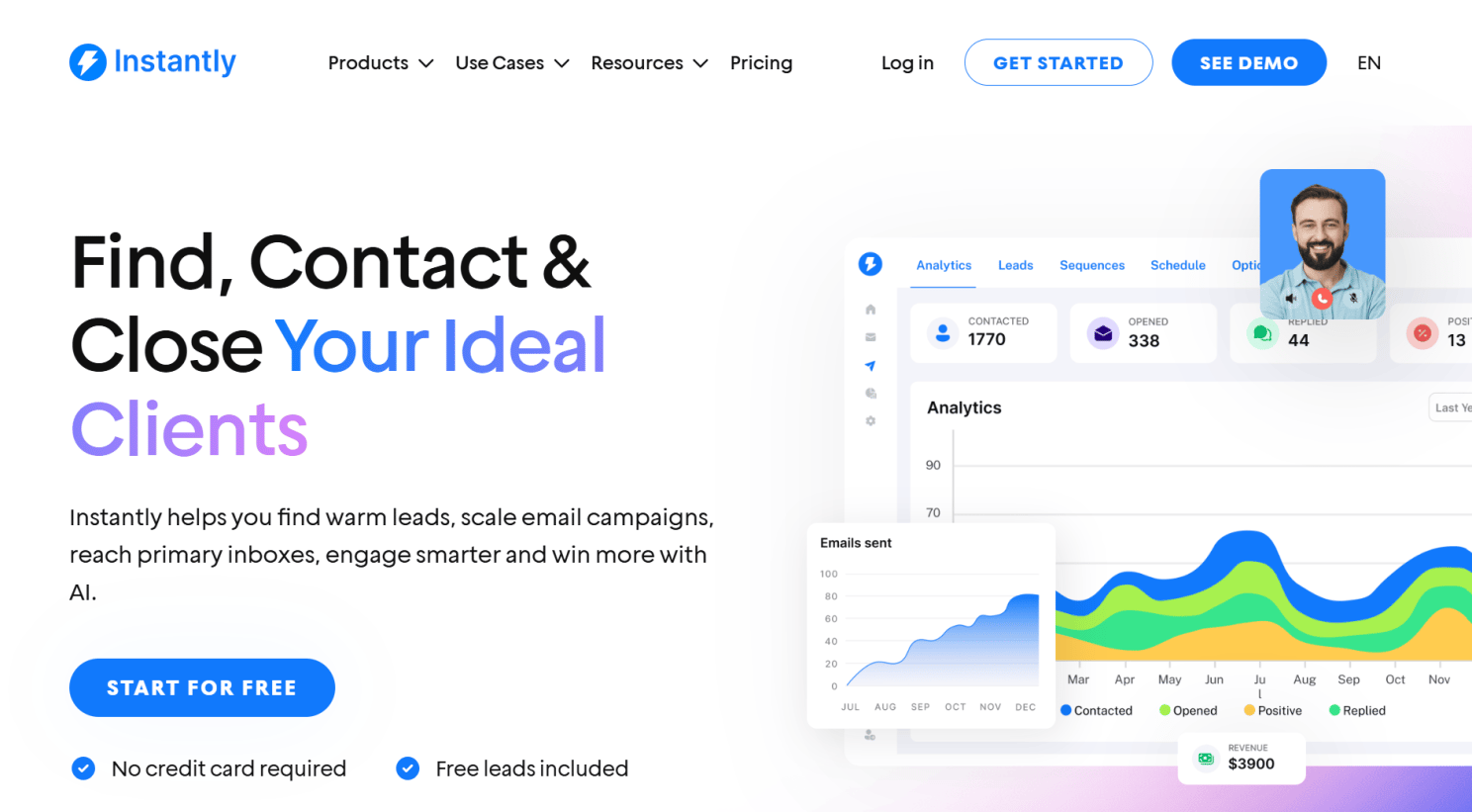
Instantly ai is built specifically for cold email - offering smart inbox rotation, AI copy, warm-up tools, and reply tracking.
Who it’s for: Lead gen freelancers, cold email agencies, and b2b growth teams that rely heavily on email-based outreach.
Key Features:
AI-personalized messaging
Deliverability optimization tools
Unlimited inboxes
Scalable outbound campaigns
Pricing: Starts at $37/month, making it highly affordable for small teams.( Get Started with 14 day free Trial )
6. Clari – For Forecasting & Pipeline Visibility
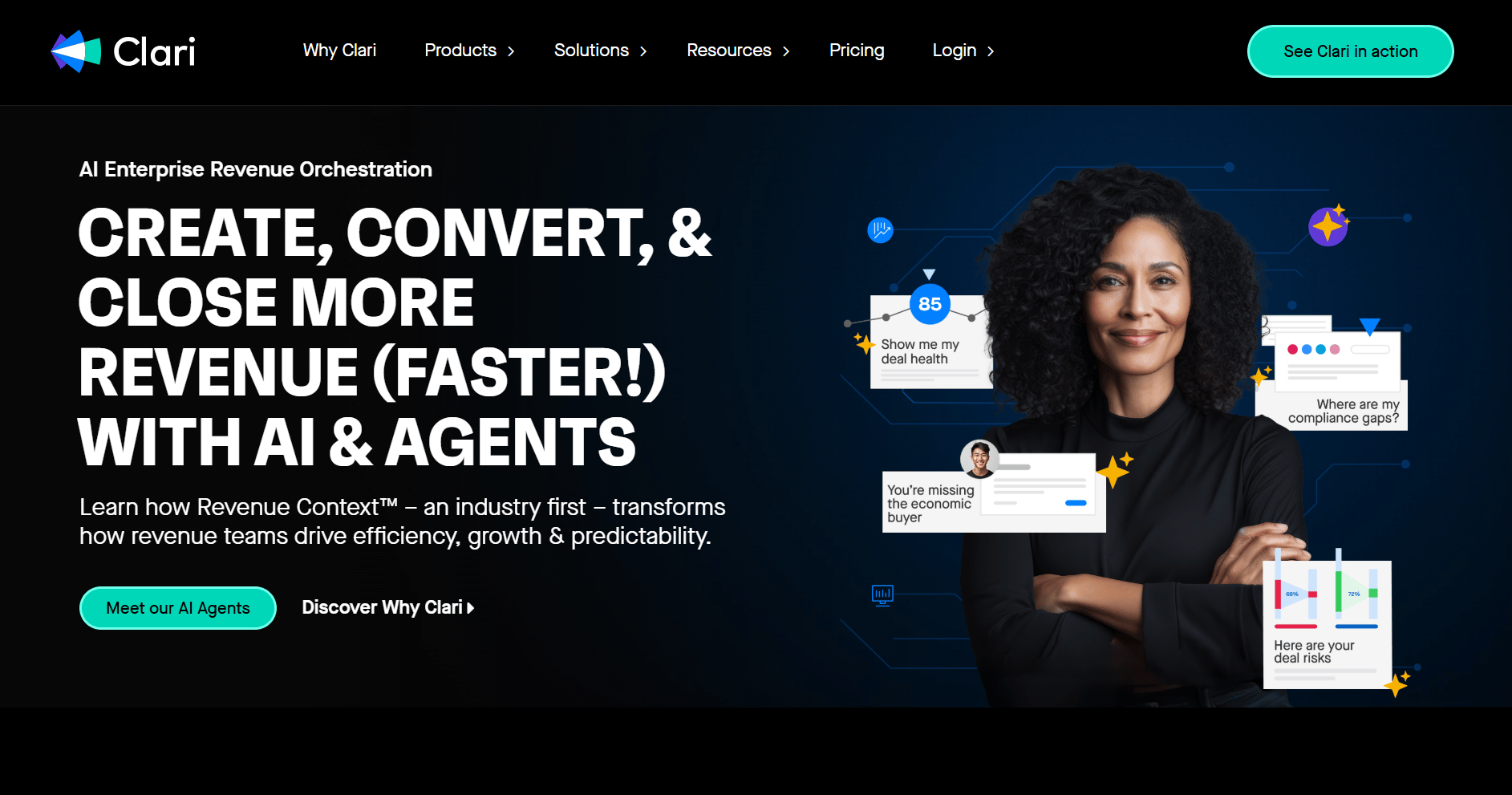
Clari uses AI to give sales leaders deep insights into pipeline health, deal movement, and forecast accuracy—helping eliminate end-of-quarter surprises.
Who it’s for: Enterprise sales teams, CROs, and RevOps leaders managing complex, high-volume pipelines.
Key Features:
AI-based forecasting engine
Deal risk scoring & alerts
Pipeline movement tracking
Integration with CRMs and sales tools
Pricing: Premium pricing ($$$) with custom enterprise plans.
How to Choose the Right AI Tool for Your Sales Team
With dozens of AI-powered sales tools on the market, choosing the right one can feel overwhelming. The best approach is to match the tool to your team’s structure, sales cycle, and current pain points.
Here’s a simplified checklist to help you make an informed decision.
✅ AI Tool Selection Checklist
1. Do you need better forecasting accuracy?
If you're struggling to predict revenue or track deal progress, choose a tool that focuses on pipeline visibility and sales forecasting.
2. Is outreach automation your main priority?
If your team spends too much time manually sending emails or following up, pick a tool that automates outreach across multiple channels.
3. Are your sales reps spending too much time on admin work?
Choose a tool that offers AI-driven CRM updates, task suggestions, and smart data entry to save reps hours every week.
4. Do you need more insight into your sales calls and rep performance?
Go with a platform that uses conversation intelligence to analyze calls, surface objections, and coach reps effectively.
5. Is your sales team made up mostly of SDRs?
Select a tool that focuses on lead scoring, prospecting, and outbound automation to help SDRs stay productive.
6. Are your reps managing full sales cycles?
Use a tool that supports deal tracking, CRM sync, call intelligence, and forecasting for better pipeline control.
7. Does the tool integrate well with your existing CRM?
Make sure the AI solution you choose works seamlessly with your CRM (like Salesforce or HubSpot) to avoid workflow disruption.
8. Are you just starting out or working with a small team?
Opt for tools with built-in CRMs or simple onboarding so you can get value quickly without a steep learning curve.
Pro Tip: Start by identifying your team’s biggest bottleneck - whether it’s lead generation, forecasting, or CRM hygiene - and choose an AI tool that solves that specific problem first.
Final Thoughts – AI Will Supercharge Your Sales Process
AI is no longer optional - it’s a game-changer for modern sales teams.
By automating outreach, improving forecasting, and delivering real-time insights, AI gives you the speed, accuracy, and scalability you need to grow faster.
Remember:
"AI is here to enhance your team - not replace it."
Start small, solve a key pain point, and scale as your sales process matures. Early adopters will always have the edge.
The smarter your tools, the sharper your sales team.
FAQs - AI For Sales and Pipeline Management
-What is the role of AI in sales pipeline management?
AI improves pipeline management by automating lead scoring, forecasting, outreach, and deal risk detection based on real-time and historical CRM data. This gives teams faster visibility and better control over high-value opportunities
-Can AI improve sales forecasting accuracy?
Yes. AI enhances forecasting accuracy by detecting patterns across historical data and real-time pipeline activity, enabling dynamic adjustments and data-driven decision-making. It eliminates guesswork and adapts as buyer behavior shifts
-What is the best AI tool for outbound sales?
Apollo io is often ranked the top AI tool for outbound sales, thanks to built-in contact discovery, lead scoring, and multichannel email automation. Reply io and Instantly ai are also strong choices for scaling multichannel and cold email outreach
-How does AI scoring work in lead qualification?
AI lead scoring combines behavioral signals (like email opens or website visits) with firmographics (job title, company size, industry) to rank leads by conversion likelihood—helping sales reps focus on the most promising prospects
-Will AI replace my sales team?
No—AI is designed to augment sales reps by automating repetitive tasks like data entry, outreach, and forecasting, freeing them to focus on human-to-human selling. It supports, not replaces, relationships
-What ROI can I expect from using AI in sales?
Adopting AI in sales often leads to measurable gains in pipeline velocity, conversion, and forecasting accuracy. Teams report 50% more qualified leads and several hours saved per rep per week, depending on implementation
-At what pipeline stages does AI add the most value?
AI makes a significant impact across the funnel—from lead generation and qualification to forecasting and post-sale retention. It supports personalization, risk alerts, and efficiency at each stage
💡 Keep reading: Want to know more about leveraging AI in sales? Check out the following guides:

